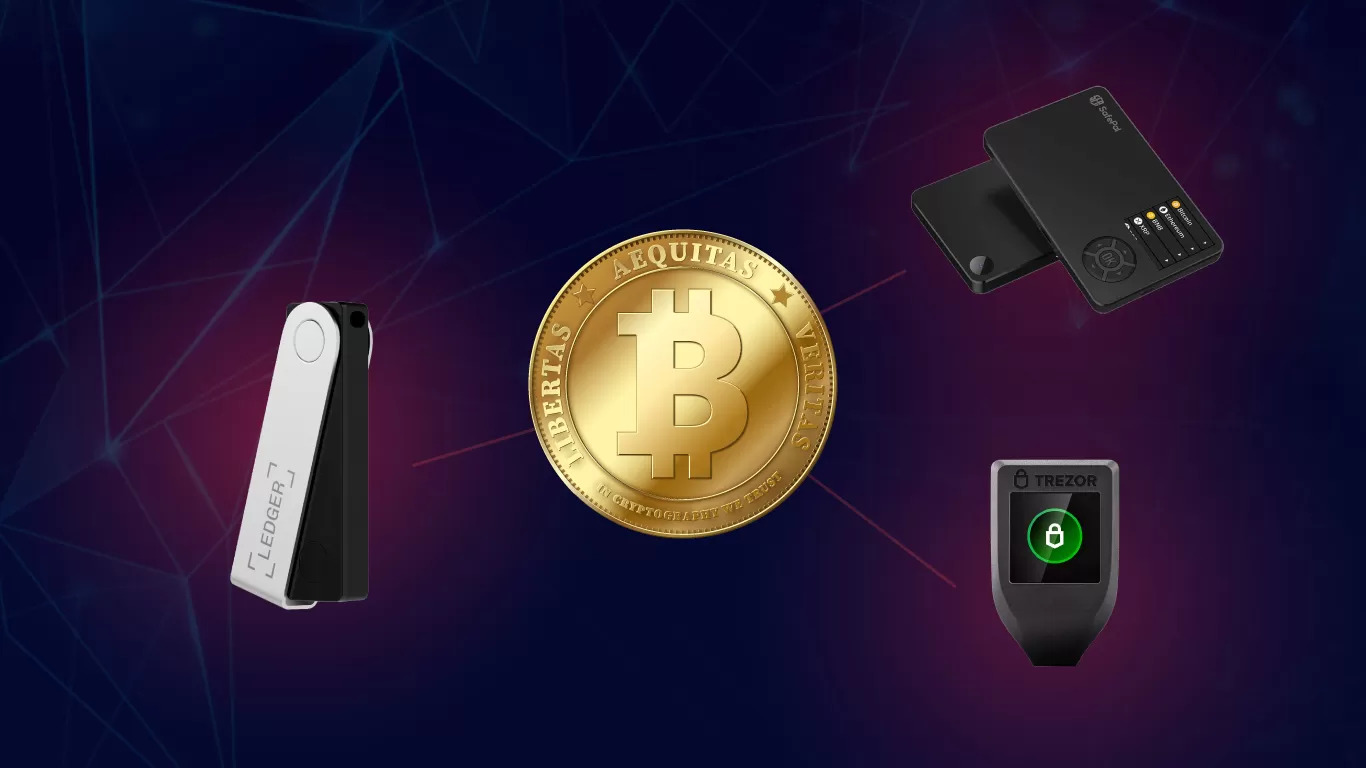Introduction
Welcome to the world of Android devices, where technology and connectivity have revolutionized the way we communicate. With every new device, there are a plethora of features and services that can sometimes leave users puzzled. One such service that you may have come across is the IMS service on Android.
IMS, which stands for IP Multimedia Subsystem, is a framework that enables the delivery of multimedia services over IP networks. It is an integral part of modern Android devices, providing a range of functionalities to enhance communication capabilities. In this article, we will dive into the details of what the IMS service on Android is all about, its role, benefits, and how to manage it.
Imagine having the ability to make high-quality voice and video calls, send instant messages, and share multimedia content seamlessly, all from your Android device. That’s exactly what the IMS service allows you to do. It acts as a platform that enables various communication services to run smoothly on your device.
Before we delve deeper into its role and benefits, it’s essential to understand that the IMS service on Android is not a standalone application or feature that you can open and interact with directly. It works silently in the background, facilitating the functionality of other communication apps on your device, such as your default calling app, messaging app, and video calling apps.
The IMS service acts as a bridge between these apps and the network, ensuring that the communication services they provide are reliable, secure, and efficient. It acts as a middleware that enables seamless communication between different networks, such as 4G, 5G, and even Wi-Fi, maximizing the network’s capabilities for enhanced user experience.
Now that we have a basic understanding of what the IMS service is, let’s explore its role on Android devices in more detail. We’ll discover the various benefits it offers, as well as how to manage it effectively.
What is IMS service on Android?
The IMS service on Android refers to the IP Multimedia Subsystem, a framework that enables the delivery of multimedia services over IP networks. It is a crucial component of modern Android devices, providing a range of functionalities that enhance the communication capabilities of the device.
At its core, the IMS service is responsible for enabling various communication services to run smoothly on your Android device. It acts as a platform that facilitates seamless voice and video calls, instant messaging, and multimedia content sharing. While you may not directly interact with the IMS service, it works silently in the background, ensuring that your communication apps function reliably and efficiently.
One of the key features of the IMS service is its ability to allow communication services to operate across different networks seamlessly. Whether you are connected to a 4G, 5G, or Wi-Fi network, the IMS service acts as a bridge between your apps and the network, ensuring smooth communication transitions.
Additionally, the IMS service is designed to provide enhanced security and privacy for your communication activities. It incorporates encryption protocols and authentication mechanisms to safeguard your voice and video calls, as well as your messages and multimedia content. This ensures that your interactions remain private and protected from unauthorized access.
Moreover, the IMS service offers advanced multimedia capabilities, enabling high-quality voice and video calls with features like HD voice and video conferencing. It also allows for the seamless transfer of multimedia content, such as photos, videos, and documents, during your conversations.
As Android devices continue to evolve and new technologies emerge, the IMS service plays a vital role in supporting the integration of these advancements. It enables the adoption of new communication protocols and services, ensuring that your device remains up-to-date with the latest features and functionalities.
In summary, the IMS service on Android is a framework that enhances the communication capabilities of your device. It enables seamless voice and video calls, instant messaging, and multimedia content sharing, while ensuring security and privacy. By functioning as a bridge between your apps and the network, the IMS service enables smooth communication transitions across different networks. It also supports advanced multimedia capabilities and facilitates the adoption of new communication technologies.
The role of IMS service on Android devices
The IMS service plays a crucial role in enhancing the communication capabilities of Android devices. By acting as a middleware between communication apps and the network, it ensures smooth and secure communication experiences for users. Let’s explore the important roles that the IMS service fulfills on Android devices.
1. Enabling Voice and Video Calls:
The primary role of the IMS service is to enable high-quality voice and video calls on Android devices. It provides the necessary protocols and infrastructure for voice and video communication, allowing users to make clear and uninterrupted calls. With features like HD voice and video conferencing, the IMS service enhances the overall calling experience, making conversations more immersive and engaging.
2. Facilitating Messaging Services:
In addition to voice and video calls, the IMS service also plays a vital role in facilitating messaging services on Android devices. It enables the smooth functioning of instant messaging apps, ensuring messages are delivered promptly and securely. This includes features like read receipts, group messaging, and multimedia messaging, making it easier for users to stay connected and share information effectively.
3. Ensuring Seamless Network Transitions:
As Android devices support multiple network technologies, such as 4G, 5G, and Wi-Fi, the IMS service ensures seamless transitions between these networks. It acts as a bridge, allowing communication apps to switch effortlessly between networks without interrupting ongoing calls or messages. This ensures users stay connected, even when their network conditions change, providing a smooth and uninterrupted communication experience.
4. Enhancing Security and Privacy:
The IMS service prioritizes the security and privacy of communication activities on Android devices. It incorporates encryption protocols and authentication mechanisms to protect voice and video calls, messages, and multimedia content from unauthorized access. This ensures that users can communicate with confidence, knowing that their conversations and information are secure.
5. Supporting Advanced Multimedia Capabilities:
With the IMS service, Android devices can utilize advanced multimedia capabilities during communication. This includes features like real-time video sharing, photo and file transfer, and interactive multimedia sessions. By leveraging these capabilities, users can enhance their communication by sharing visual content, collaborating on documents, and immersing themselves in rich multimedia experiences.
6. Integrating New Communication Technologies:
The IMS service plays a crucial role in integrating new communication technologies into Android devices. As technology advances, the IMS service allows for the adoption of new communication protocols and services, ensuring that users can leverage the latest features and functionalities. This ensures that Android devices remain compatible with evolving communication standards and stay ahead of the curve in terms of connectivity.
In summary, the IMS service on Android devices fulfills various essential roles. It enables voice and video calls, facilitates messaging services, ensures seamless network transitions, enhances security and privacy, supports advanced multimedia capabilities, and integrates new communication technologies. The IMS service’s efforts behind the scenes work together to deliver a smooth, secure, and immersive communication experience for Android users.
Benefits of IMS service on Android
The IMS service on Android devices offers a range of benefits that enhance the overall communication experience for users. Let’s explore the key advantages that this service provides:
1. Enhanced Communication Quality:
One of the primary benefits of the IMS service is the enhanced quality of voice and video calls. With features like HD voice and video conferencing, users can enjoy crystal-clear audio and video during their conversations. This ensures that communication feels more natural and immersive, enabling better understanding and engagement.
2. Seamless Multimedia Sharing:
The IMS service allows for seamless sharing of multimedia content during communication. Whether it’s sharing photos, videos, or documents, users can transfer files quickly and effortlessly. This feature enables users to collaborate effectively and share information visually, enhancing the overall communication experience.
3. Reliable and Secure Communication:
Security and privacy are paramount in communication, and the IMS service prioritizes these aspects. By incorporating encryption protocols and authentication mechanisms, it ensures that voice and video calls, messages, and multimedia content remain secure from unauthorized access. This gives users peace of mind, knowing that their communications are protected.
4. Compatibility with Different Networks:
The IMS service allows for seamless transitions between different networks, such as 4G, 5G, and Wi-Fi. This ensures continuity in communication, even when users move between different network environments. Whether you are on the go or at home, you can stay connected without interruptions, benefiting from a consistent and reliable connection.
5. Integrated Communication Services:
The IMS service integrates various communication services on Android devices, simplifying user experience. Users can access voice and video calls, messaging, and multimedia sharing through a single integrated platform. This eliminates the need for separate apps and ensures a streamlined and convenient communication process.
6. Support for Advanced Communication Technologies:
As communication technologies continue to evolve, the IMS service keeps Android devices up-to-date. It enables the adoption of new communication protocols and services, ensuring compatibility with future advancements. This future-proofs devices, giving users access to the latest features and functionalities in communication.
7. Improved Efficiency and Productivity:
The IMS service enhances communication efficiency, allowing users to connect and collaborate more effectively. By enabling features like instant messaging, group messaging, and multimedia sharing, users can communicate information quickly and efficiently. This promotes productivity in both personal and professional settings.
In summary, the IMS service on Android devices offers several benefits that enhance the communication experience. It provides enhanced call quality, seamless multimedia sharing, reliable and secure communication, compatibility with different networks, integrated communication services, support for advanced technologies, and improved efficiency and productivity. These benefits combine to create a seamless and satisfying communication experience for Android users.
How to disable IMS service on Android
The IMS service is an integral part of Android devices, providing essential communication functionalities. However, in certain situations, you may want to disable the IMS service for various reasons. Here are some methods to disable the IMS service on Android:
1. Disable via App Settings:
Some Android devices allow you to disable the IMS service through the settings of the native dialer app. Open the dialer app on your device, go to its settings, and look for an option related to the IMS service. Toggle the switch or checkbox to disable it. Please note that the availability of this option may vary depending on the device manufacturer and Android version.
2. Disable via Carrier Settings:
In some cases, the IMS service settings might be controlled by your mobile carrier. Contact your carrier’s customer support or visit their website to inquire about disabling the IMS service on your specific device. They may provide you with instructions or steps to disable it through carrier settings.
3. Restrict Background Data:
If you want to limit the IMS service’s data usage without fully disabling it, you can restrict its background data. Go to the device settings, select “Network & Internet,” then “Data usage.” Locate the IMS service in the app list and restrict background data usage for it. This prevents the service from consuming excessive data while still allowing essential communication features to function.
4. Use Third-Party Apps:
There are third-party apps available on the Google Play Store that can help you manage and control the IMS service on your Android device. These apps provide additional options and settings to customize the behavior of the IMS service. Do some research, read reviews, and choose a reputable app that suits your needs.
5. Consult Device or OEM Documentation:
If none of the above methods work for your specific device, consult the user manual or official documentation provided by the device manufacturer or original equipment manufacturer (OEM). They may have specific instructions on how to disable the IMS service or manage its settings for your particular device model.
Remember that disabling the IMS service may limit or disrupt certain communication features on your device. It is advisable to thoroughly understand the consequences and implications before disabling it completely. If you experience any issues or difficulties, consider reaching out to the device manufacturer’s support team for further assistance.
In summary, disabling the IMS service on Android can be done through various methods such as app settings, carrier settings, restricting background data, utilizing third-party apps, or consulting device documentation. Keep in mind that disabling the IMS service may impact certain communication functionalities, so proceed with caution and consider seeking professional guidance if needed.
Troubleshooting common issues with IMS service on Android
The IMS service on Android devices is designed to provide a seamless communication experience. However, like any other technology, it is not immune to issues that may arise. Here are some common issues with the IMS service on Android and troubleshooting tips to resolve them:
1. Call Quality Problems:
If you experience poor call quality, try the following troubleshooting steps:
- Ensure a stable network connection
- Restart your device
- Check for any network or carrier-related issues
- Try making the call in a different location or at a different time
- Reset network settings on your device
2. Unable to Receive Calls or Messages:
If you’re not receiving calls or messages, try these troubleshooting steps:
- Make sure your device has good network coverage
- Check if the IMS service is enabled in your device settings
- Verify that your phone number is active and not blocked
- Confirm that there are no call-diverting settings enabled
- Try inserting your SIM card into another device to determine if it’s a hardware issue
3. IMS Service Crashes or Freezes:
If the IMS service crashes or freezes frequently, consider the following troubleshooting tips:
- Check for any pending software updates and install them
- Clear cache and data of the IMS service app in your device settings
- Disable any third-party apps that may interfere with the IMS service
- Restart your device in safe mode to identify if a third-party app is causing the issue
- If the problem persists, perform a factory reset as a last resort, but remember to back up your data first
4. IMS Service Not Registered on Network:
If you see the “IMS Service Not Registered on Network” error message, try these troubleshooting steps:
- Ensure that your device has a compatible SIM card inserted
- Restart your device and check for network coverage
- Reset network settings on your device
- Remove and reinsert your SIM card
- If the issue persists, contact your carrier for assistance
5. Battery Drain Issues:
If you notice excessive battery drain due to the IMS service, try these troubleshooting steps:
- Check for any background processes or apps that may be using excessive resources
- Disable any unnecessary features or settings that may be draining the battery
- Restart your device to clear any temporary issues
- Use power-saving modes or apps to optimize battery usage
If these troubleshooting steps don’t resolve the issues with the IMS service on your Android device, consider reaching out to the device manufacturer’s support team or your carrier for further assistance. They may be able to provide specific guidance based on your device model and network configuration.
In summary, common issues with the IMS service on Android devices can range from call quality problems to service crashes and network registration errors. By following the suggested troubleshooting tips, you can identify and resolve these issues, ensuring a smooth and uninterrupted communication experience on your Android device.
Conclusion
The IMS service on Android devices plays a vital role in enhancing communication capabilities. It enables high-quality voice and video calls, seamless messaging, multimedia sharing, and secure communication experiences. By acting as a bridge between apps and networks, the IMS service ensures smooth transitions and compatibility with different networks.
Throughout this article, we explored the various aspects of the IMS service on Android. We learned that it is a framework that enables the delivery of multimedia services over IP networks. It functions silently in the background, supporting communication apps and ensuring reliable and efficient communication experiences.
Moreover, we outlined the benefits of the IMS service, including enhanced communication quality, seamless multimedia sharing, reliable and secure communication, compatibility with different networks, integrated communication services, and support for advanced technologies. These benefits combine to create a seamless and satisfying communication experience for users.
We also discussed troubleshooting common issues with the IMS service on Android. By following the suggested troubleshooting steps such as checking network connectivity, verifying settings, restarting the device, and seeking assistance from carriers or device manufacturers, users can overcome challenges and enjoy uninterrupted communication experiences.
In summary, the IMS service on Android devices is a robust framework that enables efficient and secure communication. It enhances the capabilities of communication apps, ensures compatibility with different networks, and provides users with advanced multimedia sharing options. By understanding the role and benefits of the IMS service, as well as troubleshooting common issues, users can make the most of their Android devices for seamless and enjoyable communication.

























